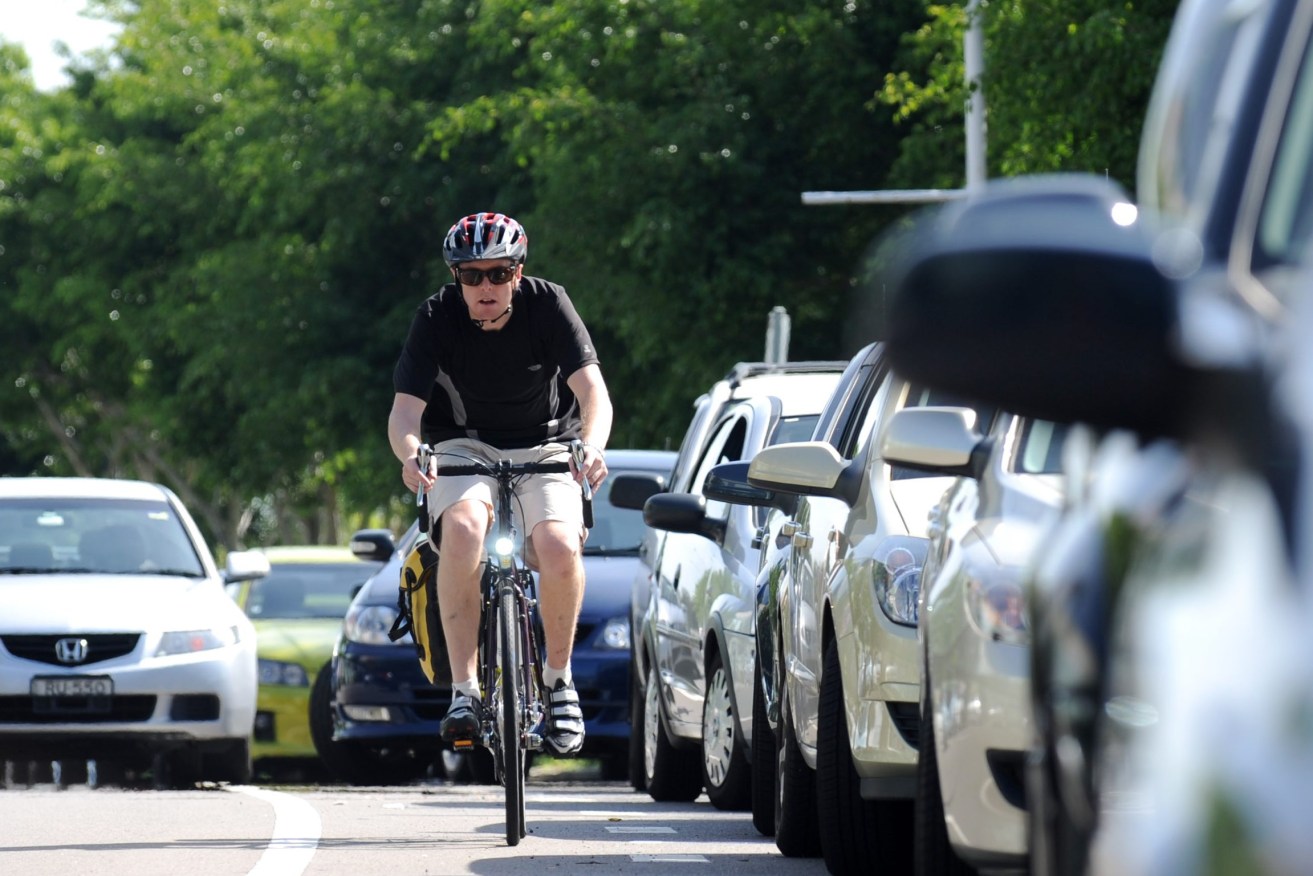Cycle killer: Why older riders account for half of all cycling deaths
Thirty years ago, older Australians made up less than one in 10 cycling fatalities on the roads. Now it is more like half.

Half all cycling fatalities involved over 60s, a study has found.(AAP Image/Tracey Nearmy)
Similarly, one in 10 single cyclist deaths – not involving a second vehicle – were of people over 60 back then, whereas since 2010 they make up a third of the numbers.
The worrying statistics, revealed by researchers from the University of NSW, support evidence the popular recreational activity and commuter option is proving increasingly deadly with age.
More than 10 million Australians ride bikes, nearly half of them every week.
But while cycling deaths has declined overall by 1.1 per cent, the number of riders over 60 dying on the roads has increased 3.3 per cent over the past three decades, the study published in the journal Injury Prevention found.
The statistics are worse in the case of single vehicle crashes, with that number increasing to 4.4 per cent for older Australians in the same period.
“Part of it is older people are frailer, so if they do have an accident, they’re more likely to sustain and die from serious injury,” said lead author and injury epidemiologist Associate Professor Soufiane Boufous.
Anecdotally, cycling appears increasingly popular with older Australians, he said.
“And the population is ageing and there are just more people and therefore we will see more deaths … it’s just sheer numbers,” Prof Boufous told AAP.
“It’s not really that shocking.”
Over the past 30 years, state governments have spent up big on cycling infrastructure such as bike lanes, which might go some way to explaining the decrease in deaths overall, he said.
But while most cycling accidents still involve cars, these bike lanes may also reveal why proportionally more accidents are single vehicle crashes, not involving cars.
“We are creating infrastructure and that’s good but they’re not well maintained,” Prof Boufous said, adding that as a keen cyclist himself, he is often forced out of bike lanes and into traffic by potholes and debris.
“That can be an issue for an older cyclist who tends to lose balance a bit more than a younger cyclist.”
Andrew Simpson, president of the Over 55s Cycling Club in Perth, said he was surprised at the findings in the report, which he said were not reflected in his 350-strong club’s own statistics.
They have had only one fatality in the past five years, which was the result of a collision with a motorcycle.
“We have constant safety training programs in our club and ride programs are heavily regulated such as strictly single file riding, with groups limited in size, and each group has a leader constantly monitoring safety,” Mr Simpson told AAP.
Prof Boufous agrees that one crucial step to mitigating the alarming increase in fatalities is more training for older riders.
“Lots of people take up cycling in their 50s now but there’s very little training,” he said.
“In terms of those single vehicle crashes, we need more cycling instruction, we need to have a bit more training to reduce those and … train people on how to ride safely.”












